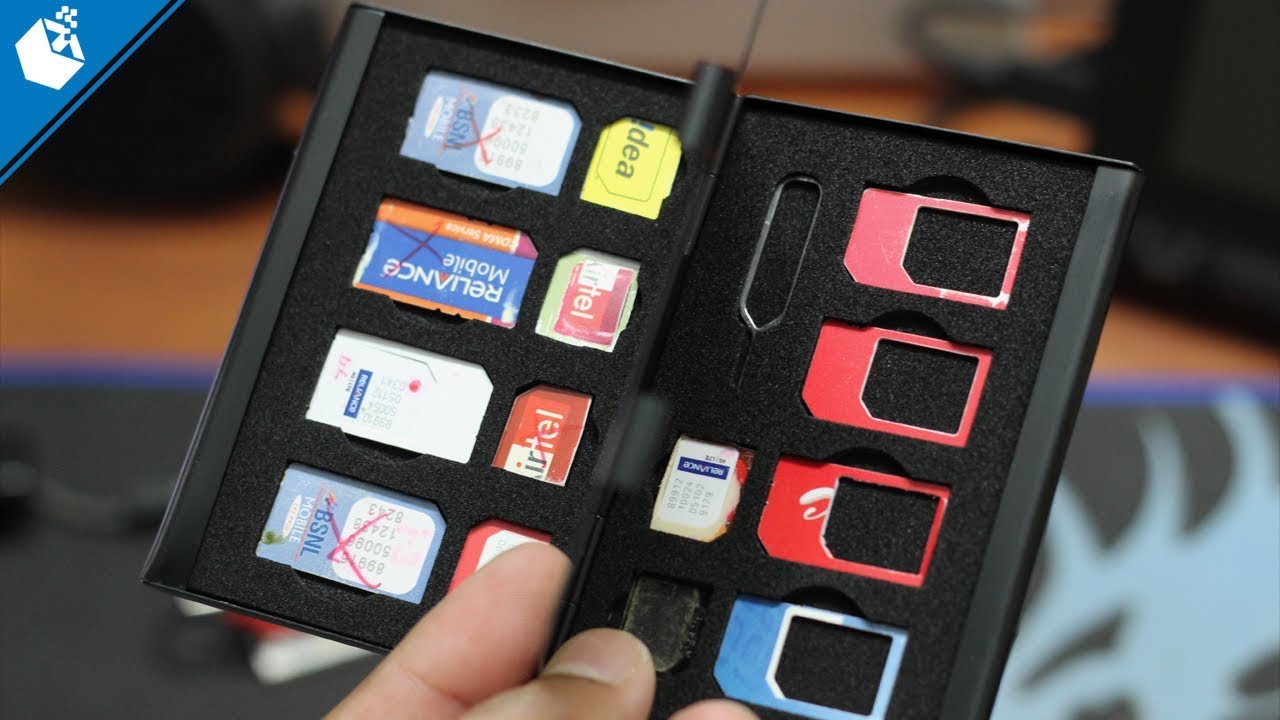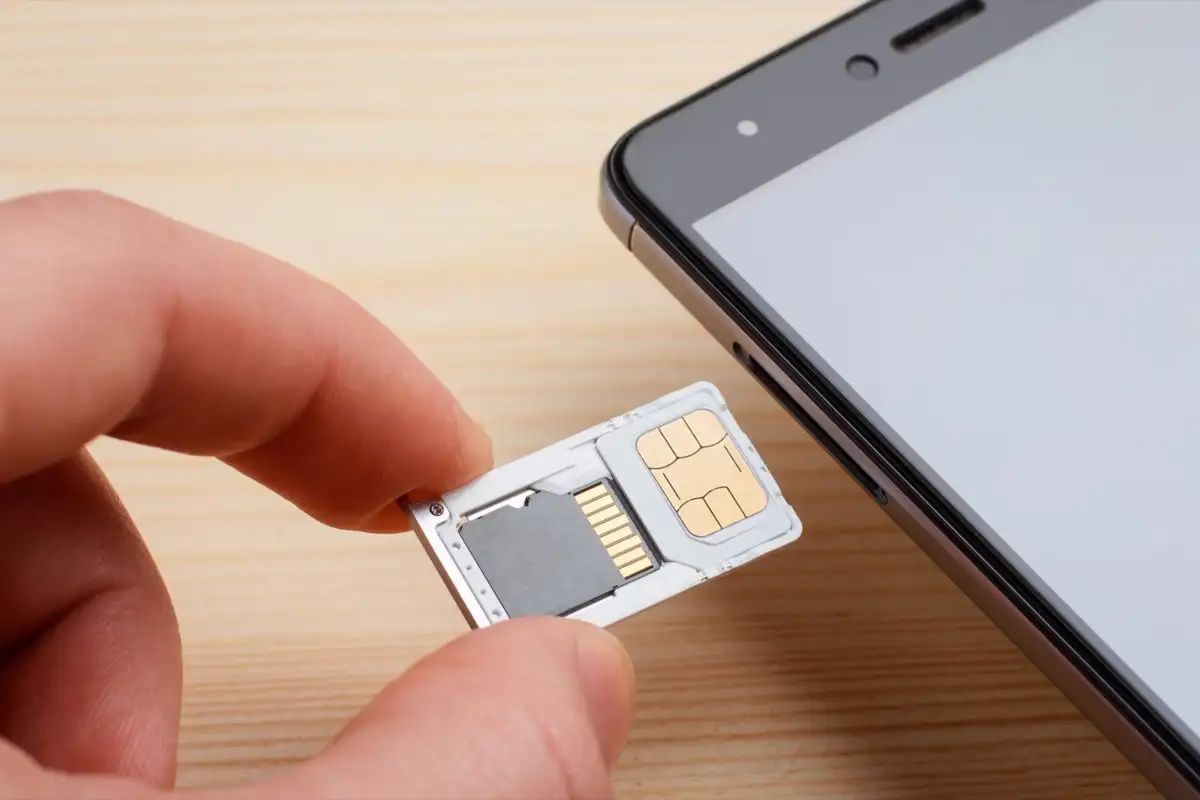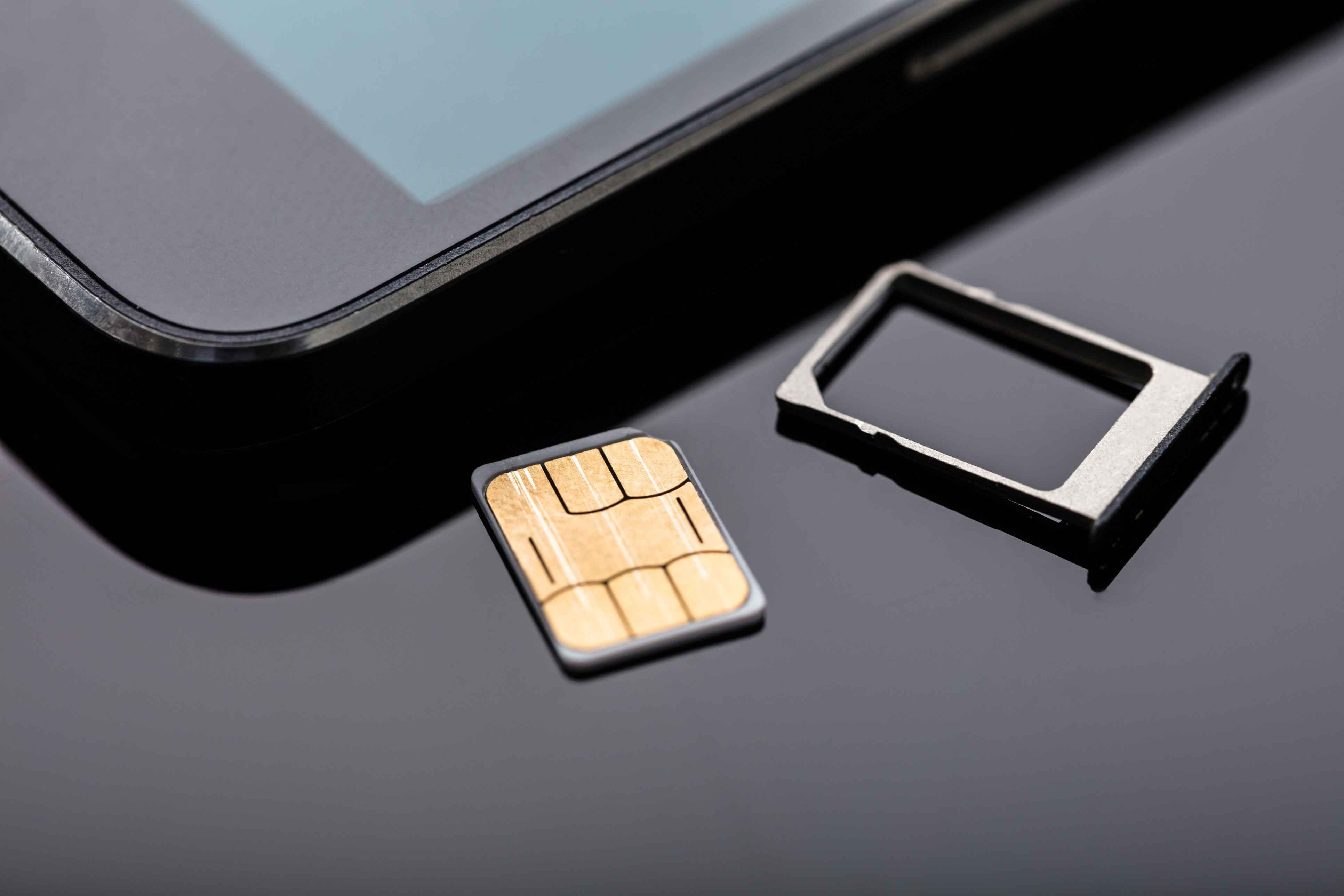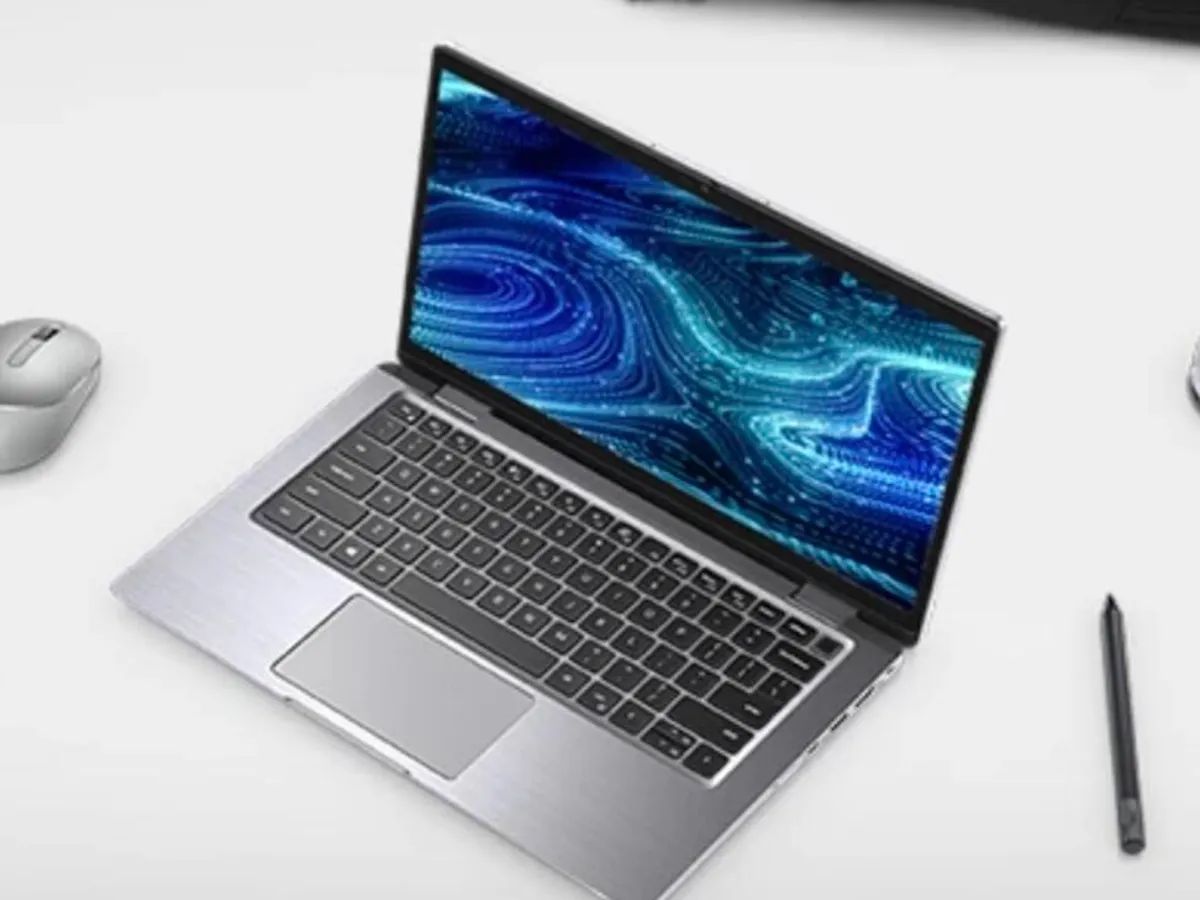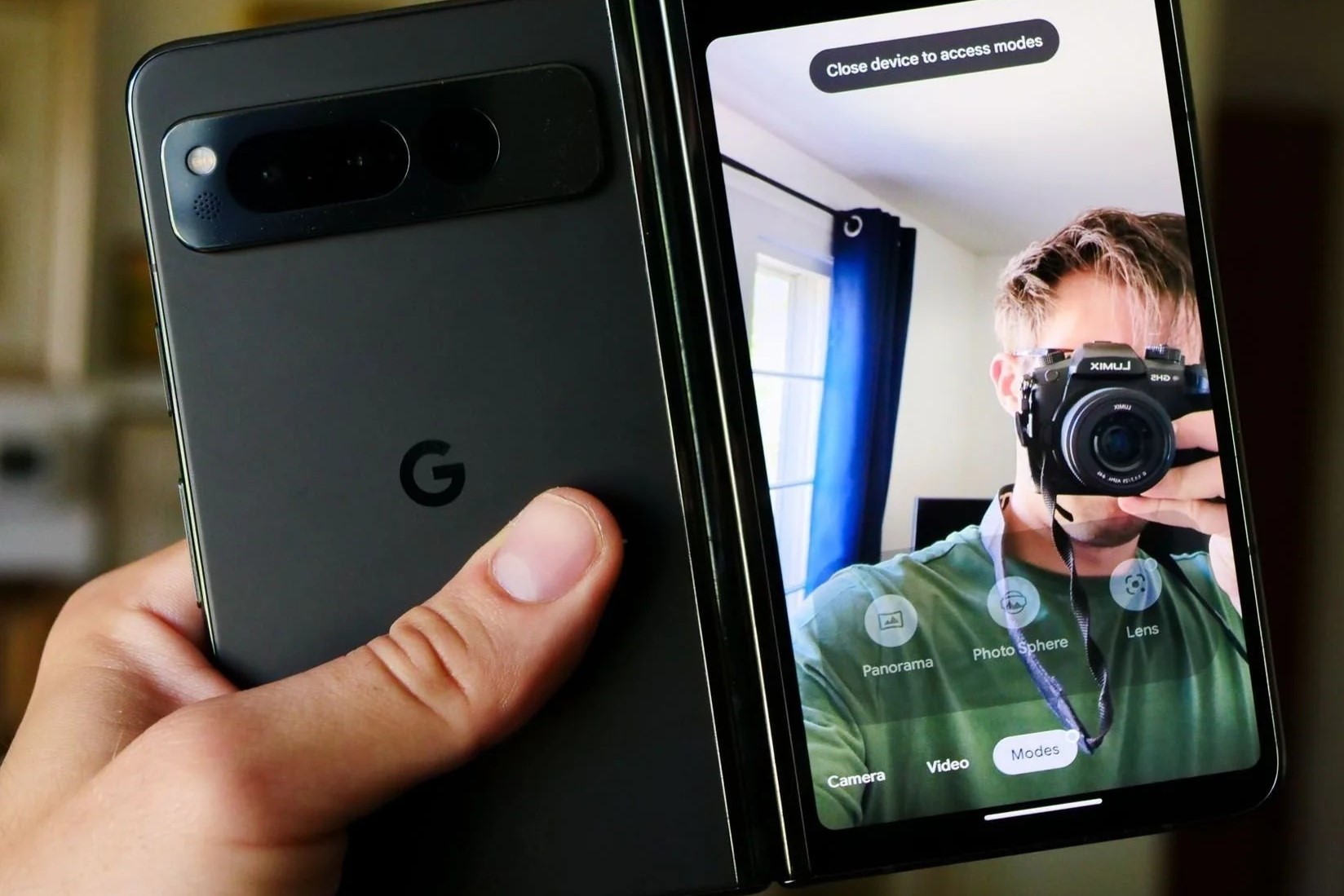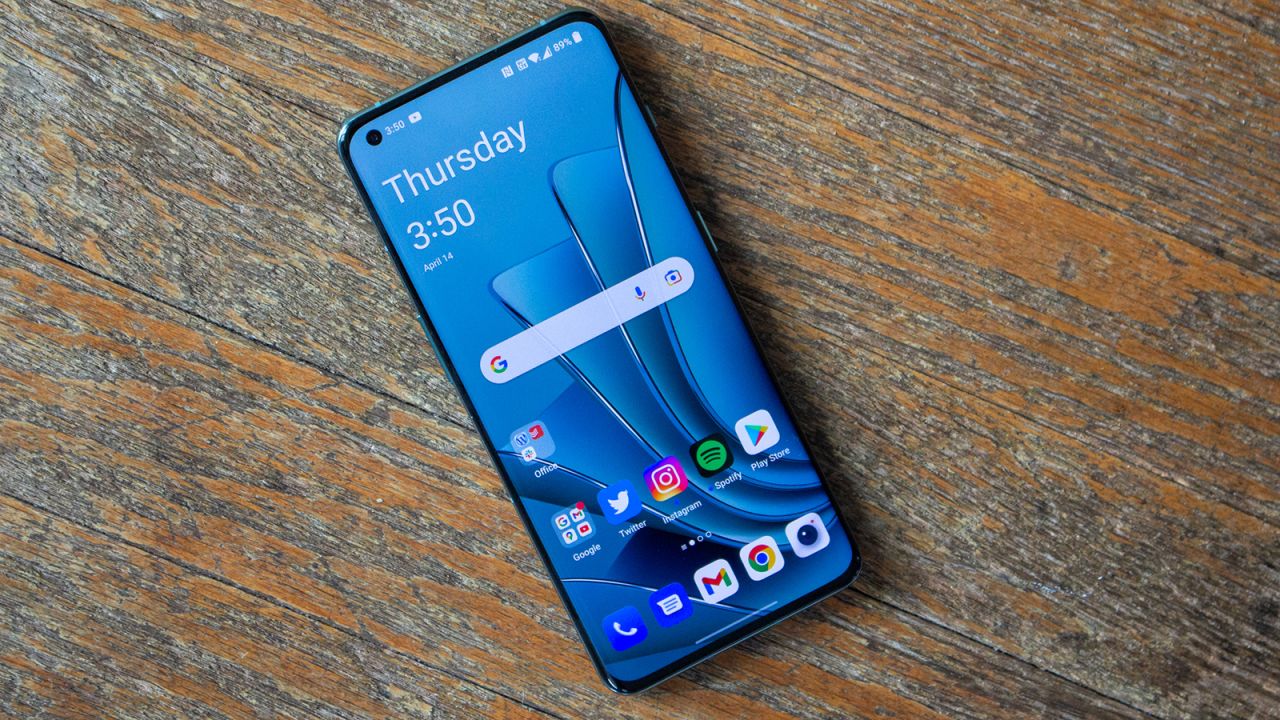Introduction
In today's digital age, where mobile devices have become an indispensable part of our daily lives, the significance of Subscriber Identity Module (SIM) cards cannot be overstated. These tiny, yet powerful, chips play a pivotal role in connecting our devices to the cellular network, enabling us to communicate, access the internet, and utilize a myriad of services. One crucial aspect of SIM cards that has garnered considerable attention is their memory capacity. The memory capacity of a SIM card determines the volume of data it can store, including contact information, messages, and network-specific configurations.
Understanding the memory capacity of SIM cards is essential, as it directly impacts the user experience and the functionality of mobile devices. As technology continues to advance at a rapid pace, the memory capacity of SIM cards has evolved significantly, offering increased storage and enhanced capabilities. This evolution has paved the way for innovative features and improved performance, shaping the landscape of mobile communications.
Exploring the memory capacity of SIM cards provides valuable insights into the advancements that have revolutionized the way we interact with our devices. From humble beginnings to the cutting-edge solutions available today, the journey of SIM card memory capacity is a testament to the relentless pursuit of efficiency and convenience in the realm of mobile technology.
As we delve into the intricacies of SIM card memory capacity, we will unravel the historical progression, current state, influencing factors, and future trends, shedding light on the dynamic nature of this fundamental component. Join us on this enlightening exploration as we embark on a captivating journey through the evolution and potential of SIM card memory capacity.
The Evolution of SIM Card Memory Capacity
The evolution of SIM card memory capacity has been a remarkable journey, characterized by significant advancements that have reshaped the capabilities of these essential components. Initially, SIM cards were designed to store limited data, primarily focusing on subscriber identification and authentication. The early iterations of SIM cards featured minimal memory capacity, often accommodating only a small number of contact entries and basic network-related information.
As mobile technology progressed, the demand for enhanced functionality and expanded storage capabilities became increasingly apparent. This prompted the development of SIM cards with larger memory capacity, capable of accommodating a growing array of data types. The transition from traditional 2G networks to more advanced 3G and 4G technologies necessitated SIM cards to adapt and evolve, accommodating the burgeoning requirements of modern mobile communication.
The emergence of smartphones and the proliferation of mobile applications further propelled the evolution of SIM card memory capacity. With the integration of advanced features such as multimedia messaging, mobile internet access, and diverse applications, SIM cards underwent a transformation to support the storage and management of a broader spectrum of data. This evolution facilitated the seamless integration of SIM cards into the expanding ecosystem of mobile devices, enabling users to harness the full potential of their smartphones and tablets.
In recent years, the advent of embedded SIM (eSIM) technology has revolutionized the landscape of SIM card memory capacity. eSIMs, characterized by their absence of physical form and flexible data storage, have redefined the concept of memory capacity in the context of SIM cards. These virtual SIM solutions offer unparalleled versatility, allowing users to switch between different mobile networks and profiles without the need for traditional physical SIM cards.
The evolution of SIM card memory capacity reflects a compelling narrative of adaptation and innovation, driven by the relentless pursuit of efficiency and user-centric experiences. With each milestone, SIM cards have transcended their conventional limitations, embracing the expanding horizons of mobile technology and empowering users with enhanced capabilities. This ongoing evolution continues to shape the future of SIM card memory capacity, promising further advancements and transformative possibilities in the realm of mobile communications.
The Current State of SIM Card Memory Capacity
In the current landscape of mobile technology, SIM card memory capacity has reached unprecedented levels of sophistication and versatility. Modern SIM cards boast significantly expanded storage capabilities, accommodating a diverse range of data types and functionalities. With the transition to advanced network technologies and the proliferation of feature-rich mobile devices, the demand for robust memory capacity in SIM cards has been met with remarkable innovations.
Contemporary SIM cards are designed to store a wealth of information, including extensive contact lists, multimedia messages, network-specific configurations, and secure authentication data. This enhanced capacity enables users to seamlessly manage their contacts, exchange multimedia content, and leverage advanced mobile services without encountering storage limitations.
Moreover, the integration of advanced security features and encryption protocols within SIM cards necessitates substantial memory capacity to safeguard sensitive data and ensure secure communication. This heightened emphasis on security aligns with the evolving needs of users and the increasing reliance on mobile devices for sensitive transactions and communication.
The advent of embedded SIM (eSIM) technology has further expanded the horizons of SIM card memory capacity, ushering in a new era of flexibility and convenience. eSIMs, characterized by their virtual nature and adaptable data storage, offer users the freedom to switch between mobile networks and profiles seamlessly. This dynamic capability, coupled with ample memory capacity, empowers users to personalize their mobile connectivity experiences and adapt to diverse network requirements with unparalleled ease.
Furthermore, the integration of IoT (Internet of Things) devices and applications has propelled the demand for SIM cards with robust memory capacity. These SIM cards enable the seamless integration of IoT devices into the cellular network, facilitating efficient data exchange and management within the burgeoning ecosystem of connected devices.
The current state of SIM card memory capacity exemplifies a convergence of technological prowess and user-centric design, catering to the diverse needs of modern mobile users while laying the groundwork for future innovations. As mobile technology continues to evolve, the memory capacity of SIM cards is poised to undergo further enhancements, embracing the demands of an increasingly interconnected and data-driven world.
This evolution promises to unlock new possibilities for mobile communication and connectivity, reinforcing the pivotal role of SIM cards as indispensable enablers of seamless, secure, and immersive mobile experiences.
Factors Affecting SIM Card Memory Capacity
The memory capacity of SIM cards is influenced by a myriad of factors that collectively shape the storage capabilities and functionality of these essential components. Understanding the underlying determinants of SIM card memory capacity provides valuable insights into the complexities and considerations involved in optimizing storage solutions for mobile communication. Let's delve into the key factors that exert a significant impact on SIM card memory capacity:
-
Technological Advancements: The relentless progression of mobile technology, including network infrastructure, device capabilities, and data transmission protocols, directly influences the memory capacity requirements of SIM cards. As mobile networks evolve to support higher data transfer speeds and advanced communication protocols, SIM cards must adapt to accommodate the escalating volume and diversity of data, necessitating enhanced memory capacity.
-
Data Types and Formats: The proliferation of diverse data types, ranging from multimedia content to complex network configurations, necessitates versatile memory capacity in SIM cards. The ability to store and manage a wide array of data formats, including contact information, multimedia messages, and secure authentication keys, requires robust memory solutions tailored to the evolving needs of mobile users.
-
Security and Encryption: With the increasing emphasis on data security and privacy, SIM cards are tasked with safeguarding sensitive information and facilitating secure communication. Advanced encryption protocols, secure authentication mechanisms, and fortified security features contribute to the demand for ample memory capacity within SIM cards, enabling the storage and processing of encrypted data while upholding stringent security standards.
-
IoT Integration: The integration of IoT devices and applications within the cellular network landscape necessitates SIM cards with expanded memory capacity. These SIM cards are designed to facilitate seamless connectivity and data exchange within the IoT ecosystem, accommodating the unique data management requirements of interconnected devices and contributing to the burgeoning field of IoT-enabled services.
-
User Experience and Convenience: As mobile users seek enhanced functionality and seamless experiences, SIM cards are expected to provide ample storage for contact management, multimedia messaging, and personalized network configurations. The memory capacity of SIM cards directly impacts the user experience, influencing the ease of data management and the versatility of mobile communication services.
-
Form Factor and Integration: The physical form factor of SIM cards, including traditional removable SIM cards and embedded eSIM solutions, influences the design considerations for memory capacity. eSIM technology, characterized by its virtual nature and flexible data storage, introduces new paradigms for memory capacity optimization, catering to the evolving needs of modern mobile connectivity.
These factors collectively underscore the intricate interplay between technological advancements, user-centric design, and evolving industry trends, shaping the memory capacity of SIM cards. As the mobile landscape continues to evolve, these considerations will drive further innovations, enhancing the capabilities and adaptability of SIM card memory solutions to meet the dynamic demands of mobile communication and connectivity.
Future Trends in SIM Card Memory Capacity
The future of SIM card memory capacity is poised to witness a paradigm shift driven by transformative technologies and evolving user demands. As mobile communication continues to evolve, several compelling trends are set to shape the landscape of SIM card memory capacity, ushering in a new era of storage capabilities and user experiences.
1. Enhanced Storage Solutions
Future SIM cards are expected to feature enhanced storage solutions, catering to the escalating demands for data management and multimedia content. With the proliferation of high-resolution media and immersive mobile experiences, SIM cards will need to accommodate larger volumes of multimedia content, including high-definition images, videos, and advanced messaging formats. This trend aligns with the evolving preferences of mobile users, who seek seamless access to multimedia content without encountering storage limitations.
2. Integration of Advanced Security Features
The future of SIM card memory capacity will witness a heightened emphasis on advanced security features and encryption protocols. As mobile devices become integral to sensitive transactions and communication, SIM cards will play a pivotal role in safeguarding confidential data and ensuring secure communication channels. This necessitates robust memory capacity to accommodate encrypted data and support advanced security mechanisms, reinforcing the trust and reliability of mobile connectivity.
3. IoT-Optimized Memory Solutions
The integration of IoT devices and applications will drive the demand for SIM cards with optimized memory solutions tailored to the unique requirements of interconnected devices. Future SIM cards will prioritize seamless integration within the IoT ecosystem, facilitating efficient data exchange and management across diverse IoT platforms. This trend underscores the pivotal role of SIM card memory capacity in enabling the seamless convergence of IoT technologies and mobile communication.
4. Flexibility and Adaptability
The future of SIM card memory capacity will be characterized by enhanced flexibility and adaptability, particularly with the widespread adoption of embedded SIM (eSIM) technology. eSIMs, known for their virtual nature and dynamic data storage, will redefine the concept of memory capacity, offering users the freedom to switch between mobile networks and profiles seamlessly. This dynamic capability, coupled with ample memory capacity, will empower users to personalize their mobile connectivity experiences with unparalleled ease.
5. Integration of AI and Machine Learning
As artificial intelligence (AI) and machine learning continue to permeate various facets of mobile technology, SIM cards are poised to integrate AI-driven memory management solutions. These advanced capabilities will optimize memory usage, personalize user experiences, and adapt to evolving usage patterns, enhancing the efficiency and performance of SIM card memory capacity. The integration of AI and machine learning heralds a new era of intelligent memory management, optimizing storage solutions for diverse user scenarios.
The convergence of these future trends reflects an exciting trajectory for SIM card memory capacity, promising enhanced storage capabilities, advanced security features, and seamless integration within the evolving mobile ecosystem. These trends underscore the pivotal role of SIM cards as enablers of immersive and secure mobile experiences, setting the stage for a dynamic and user-centric evolution of memory capacity in the realm of mobile communication.
The future of SIM card memory capacity is poised to witness a paradigm shift driven by transformative technologies and evolving user demands. As mobile communication continues to evolve, several compelling trends are set to shape the landscape of SIM card memory capacity, ushering in a new era of storage capabilities and user experiences.
1. Enhanced Storage Solutions
Future SIM cards are expected to feature enhanced storage solutions, catering to the escalating demands for data management and multimedia content. With the proliferation of high-resolution media and immersive mobile experiences, SIM cards will need to accommodate larger volumes of multimedia content, including high-definition images, videos, and advanced messaging formats. This trend aligns with the evolving preferences of mobile users, who seek seamless access to multimedia content without encountering storage limitations.
2. Integration of Advanced Security Features
The future of SIM card memory capacity will witness a heightened emphasis on advanced security features and encryption protocols. As mobile devices become integral to sensitive transactions and communication, SIM cards will play a pivotal role in safeguarding confidential data and ensuring secure communication channels. This necessitates robust memory capacity to accommodate encrypted data and support advanced security mechanisms, reinforcing the trust and reliability of mobile connectivity.
3. IoT-Optimized Memory Solutions
The integration of IoT devices and applications will drive the demand for SIM cards with optimized memory solutions tailored to the unique requirements of interconnected devices. Future SIM cards will prioritize seamless integration within the IoT ecosystem, facilitating efficient data exchange and management across diverse IoT platforms. This trend underscores the pivotal role of SIM card memory capacity in enabling the seamless convergence of IoT technologies and mobile communication.
4. Flexibility and Adaptability
The future of SIM card memory capacity will be characterized by enhanced flexibility and adaptability, particularly with the widespread adoption of embedded SIM (eSIM) technology. eSIMs, known for their virtual nature and dynamic data storage, will redefine the concept of memory capacity, offering users the freedom to switch between mobile networks and profiles seamlessly. This dynamic capability, coupled with ample memory capacity, will empower users to personalize their mobile connectivity experiences with unparalleled ease.
5. Integration of AI and Machine Learning
As artificial intelligence (AI) and machine learning continue to permeate various facets of mobile technology, SIM cards are poised to integrate AI-driven memory management solutions. These advanced capabilities will optimize memory usage, personalize user experiences, and adapt to evolving usage patterns, enhancing the efficiency and performance of SIM card memory capacity. The integration of AI and machine learning heralds a new era of intelligent memory management, optimizing storage solutions for diverse user scenarios.
The convergence of these future trends reflects an exciting trajectory for SIM card memory capacity, promising enhanced storage capabilities, advanced security features, and seamless integration within the evolving mobile ecosystem. These trends underscore the pivotal role of SIM cards as enablers of immersive and secure mobile experiences, setting the stage for a dynamic and user-centric evolution of memory capacity in the realm of mobile communication.
Conclusion
The exploration of SIM card memory capacity unveils a compelling narrative of evolution, innovation, and the relentless pursuit of enhanced mobile experiences. From its humble beginnings as a modest data storage solution to its current state as a versatile enabler of seamless connectivity, the journey of SIM card memory capacity reflects the dynamic nature of mobile technology.
As we stand at the precipice of a new era in mobile communication, the significance of SIM card memory capacity cannot be overstated. The convergence of technological advancements, user demands, and industry trends has propelled SIM cards to the forefront of efficient data storage and secure communication, shaping the way we interact with our mobile devices.
The future of SIM card memory capacity promises unparalleled storage solutions, advanced security features, and seamless integration within the expanding ecosystem of mobile communication. With enhanced storage capabilities, robust security mechanisms, and the flexibility offered by eSIM technology, SIM cards are poised to redefine the boundaries of mobile connectivity, empowering users with personalized experiences and seamless access to multimedia content.
Furthermore, the integration of IoT-optimized memory solutions and the potential for AI-driven memory management herald a new era of intelligent and adaptive SIM card memory capacity. These advancements underscore the pivotal role of SIM cards as facilitators of interconnected devices and personalized mobile experiences, laying the foundation for a dynamic and user-centric evolution of memory capacity in the realm of mobile communication.
As we embark on this captivating journey through the evolution and potential of SIM card memory capacity, it becomes evident that these tiny yet powerful components are poised to shape the future of mobile technology. The seamless convergence of enhanced storage, advanced security, and adaptive capabilities positions SIM cards as indispensable enablers of immersive and secure mobile experiences, catering to the evolving needs of modern mobile users.
In conclusion, the evolution and future trends of SIM card memory capacity exemplify a testament to the relentless pursuit of innovation and efficiency in mobile technology. The journey continues, promising transformative possibilities and enhanced capabilities, as SIM cards embrace the dynamic demands of an increasingly interconnected and data-driven world.







